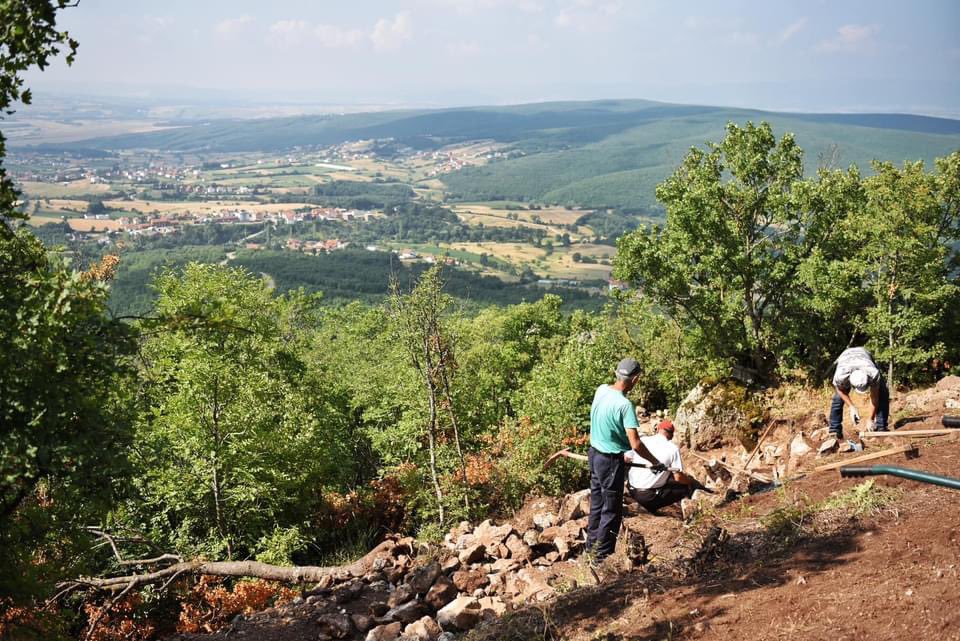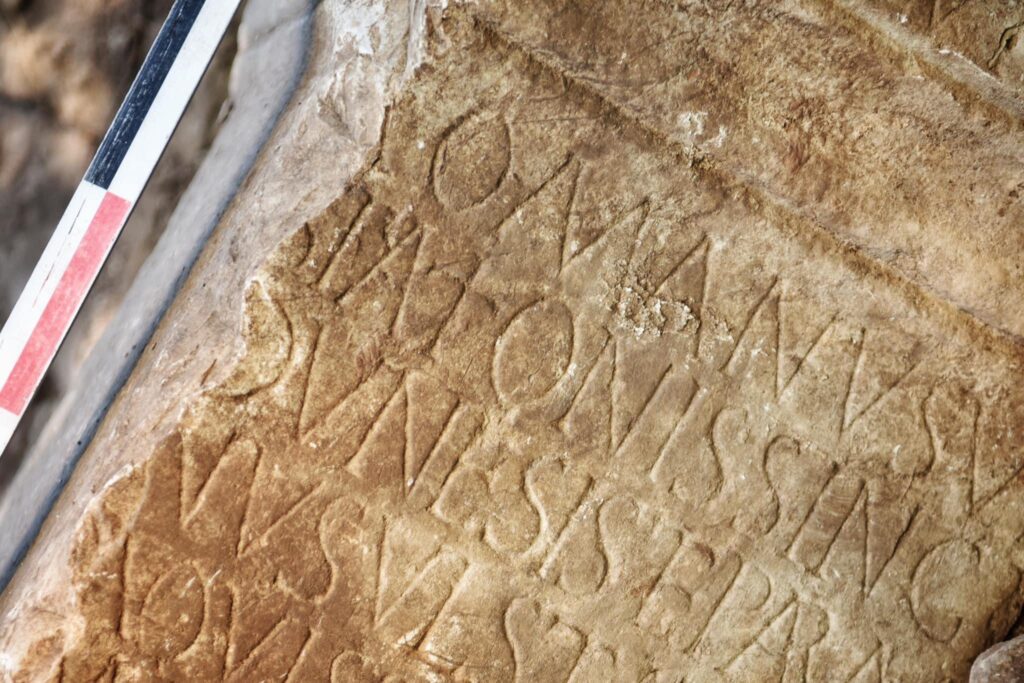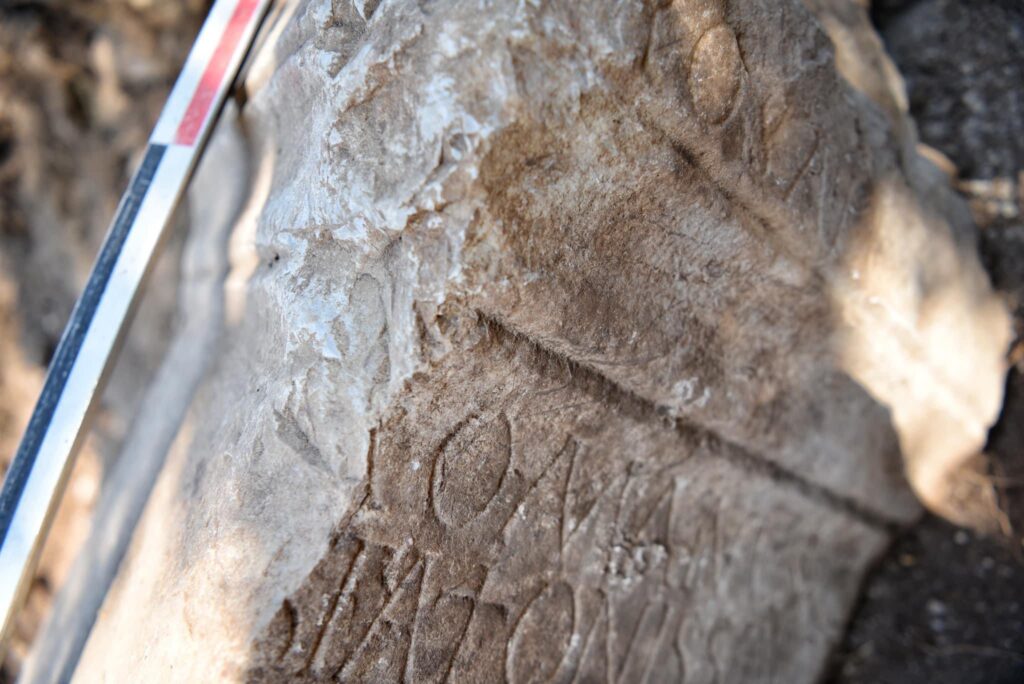In the tranquil countryside of Kosovo, the Vučak Castle has revealed a secret hidden deep within its grounds. As announced by Prime Minister Albin Kurti, archaeological excavations at the fortress have brought to light an impressive Roman altar dating back to the 3rd century AD. This significant find was located within the outer walls of the fortress, situated in the village of Vučak, just southwest of the town of Drenas.
The story of the altar begins as a spolium, an architectural piece that was repurposed from its original context. Utilized in the construction of the fortress during the reign of Justinian (AD 527-565), the altar itself is from a much earlier period. Prime Minister Kurti emphasized this point, stating that the altar serves as tangible evidence of continuous life and culture spanning from prehistory through antiquity and into the Middle Ages. This discovery is of vital importance for understanding the rich historical narrative of the region.

The Vučak Castle occupies a strategic position, perched atop a hill that commands a panoramic view of the surrounding valley. Encircled by a circular outer wall, the fortress once formed a robust defensive mechanism for the community within. According to the Archaeological Guide of Kosovo, this site boasts a continuous history of use from prehistoric times to the medieval era, highlighting the area’s strategic value across different historical periods. The remains of Gjyteti i Madh (Great Fortress) and Gjyteti i Vogël (Small Castle) identified on the terrain further confirm the long-standing human activity in the area.

The territory of present-day Kosovo was once part of the ancient state of Dardania, which flourished in the 4th century BC. As noted by Edi Shukriu of the University of Pristina, the Dardanians, alongside the Illyrians, resisted Roman occupation following the conquest of Macedonia. However, Dardania eventually fell under Roman rule, becoming part of the Roman province of Moesia in AD 44. The Roman Empire, under Emperor Augustus, fostered an economy based on trade, mining, agriculture, and crafts by constructing a network of roads that traversed modern-day Kosovo.
A devastating earthquake struck the region in AD 518, leading to the destruction of numerous cities. Emperor Justinian subsequently ordered the reconstruction of these urban centers. It was during this period that the Roman altar was reused in the construction of the fortress walls. This historical context deepens the significance of the altar’s discovery, illustrating the resilience and continuity of life and culture in the region despite the challenges encountered over the centuries.

As archaeological investigations continue at the Vučak Castle, the unearthing of this 1,700-year-old Roman altar reaffirms the historical importance of the area and sheds new light on Kosovo’s rich cultural heritage. This discovery stands as a significant step in tracing the remnants of the ancient world and understanding the deep-rooted past of the region.
Cover Image Credit: Albert Sinani Albin Kurti via X





